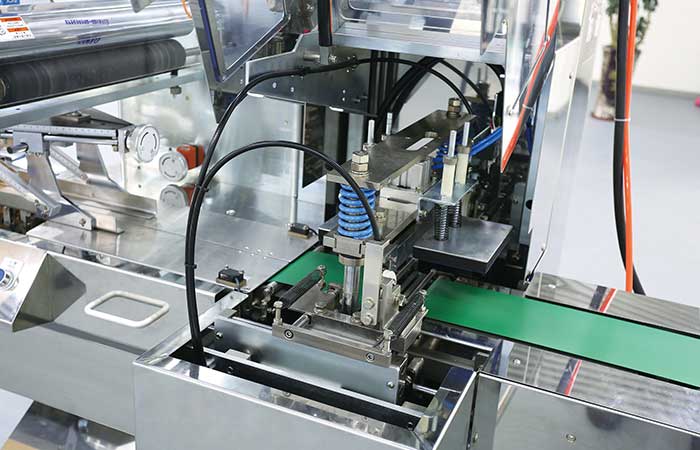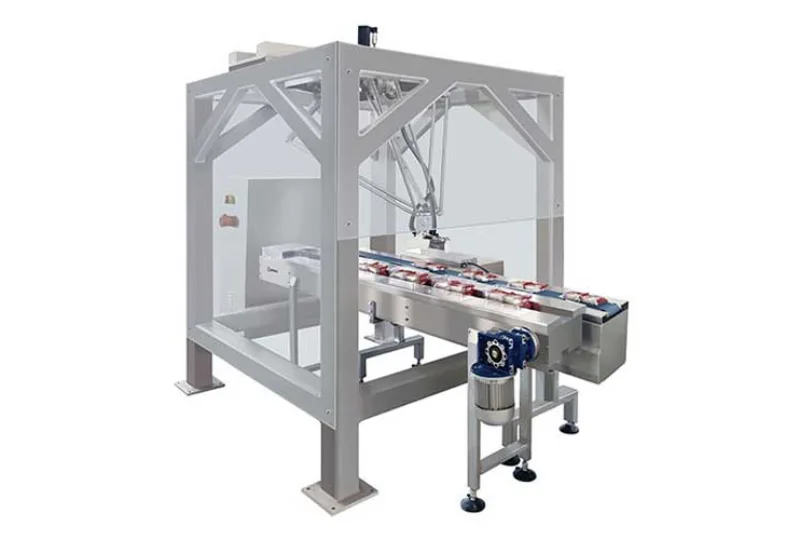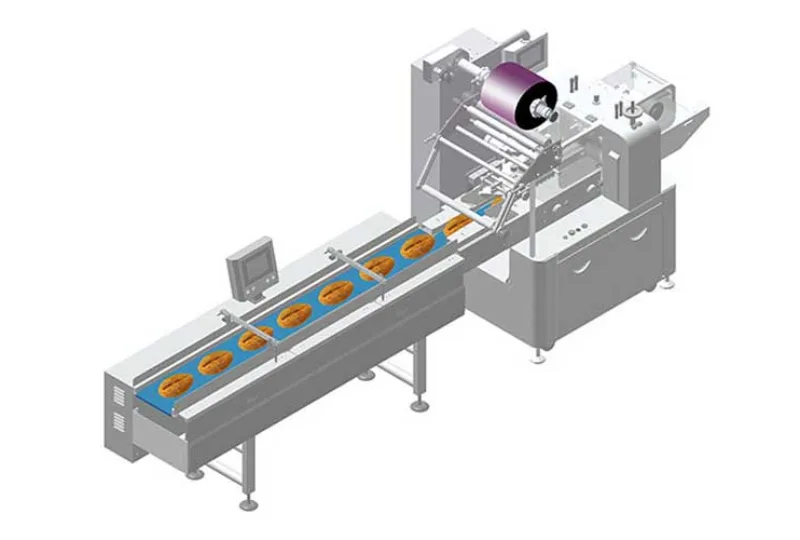Exploring Ubuntu Package Management: A Comprehensive Guide
The Ultimate Guide to Ubuntu Package Management
Are you an Ubuntu user looking to maximize the potential of your system through effective package management? Ubuntu, known for its user-friendly interface and robust functionalities, offers a diverse range of package management tools to streamline software installations, updates, and removals. In this comprehensive guide, we will delve deep into the world of Ubuntu package management, exploring tips, tricks, and best practices to enhance your user experience.
Understanding Package Management in Ubuntu
Package management lies at the core of every Linux distribution, including Ubuntu. Packages are software bundles that contain applications, libraries, dependencies, and configuration files necessary for smooth program execution. Ubuntu’s package management system revolves around the Advanced Package Tool (APT), a powerful command-line tool that simplifies the process of installing, upgrading, and removing software packages.
Installing Packages with APT
One of the most common tasks in Ubuntu package management is installing new software packages. With APT, you can easily install packages from the official Ubuntu repositories as well as third-party repositories. To install a package, simply use the following command:
sudo apt-get install package_name
Replace ‘package_name’ with the name of the package you wish to install. APT will automatically resolve dependencies and download the necessary files from the repository.
Managing Repositories
Ubuntu repositories are collections of software packages maintained by Ubuntu developers or third-party contributors. By managing repositories effectively, you can access a vast array of software applications tailored to your needs. To add a new repository to your system, use the ‘add-apt-repository’ command:
sudo add-apt-repository repository_url
Replace ‘repository_url’ with the URL of the repository you want to add. This allows you to install software packages from the newly added repository using APT.
Updating and Upgrading Packages
Regularly updating and upgrading packages is crucial to ensure system stability and security. To update the package list and upgrade installed packages, use the following commands:
sudo apt-get update sudo apt-get upgrade
APT will fetch the latest package information from the repositories and upgrade the installed packages to their latest versions.
Removing Packages
When you no longer need a software package, you can easily remove it from your system using APT. The following command allows you to remove a package without deleting its configuration files:
sudo apt-get remove package_name
For a complete removal, including configuration files, use:
sudo apt-get purge package_name
Conclusion
Package management is a fundamental aspect of Ubuntu system administration, enabling users to customize their systems with a myriad of software options. By mastering the tools and techniques outlined in this guide, you can optimize your Ubuntu experience and harness the full potential of your operating system.
-
01
Automatic Tray Loading and Packaging Equipment: Boost Efficiency to 160 Bags/Minute
21-11-2025 -
02
Automatic Soap Packaging Machine: Boost Productivity with 99% Qualification Rate
21-11-2025 -
03
A Deep Dive into Automatic Toast Processing and Packaging System
18-11-2025 -
04
The Future of Bakery Production: Automated Toast Processing and Packaging System
18-11-2025 -
05
Reliable Food Packaging Solutions with China Bread, Candy, and Biscuit Machines
11-10-2025 -
06
High-Performance Automated Food Packaging Equipment for Modern Production
11-10-2025 -
07
Reliable Pillow Packing Machines for Efficient Packaging Operations
11-10-2025 -
08
Advanced Fully Automatic Packaging Solutions for Efficient Production
11-10-2025 -
09
Efficient Automatic Food Packaging Solutions for Modern Production
11-10-2025 -
10
Advanced Automatic Packaging Equipment for Efficient Production
11-10-2025
















